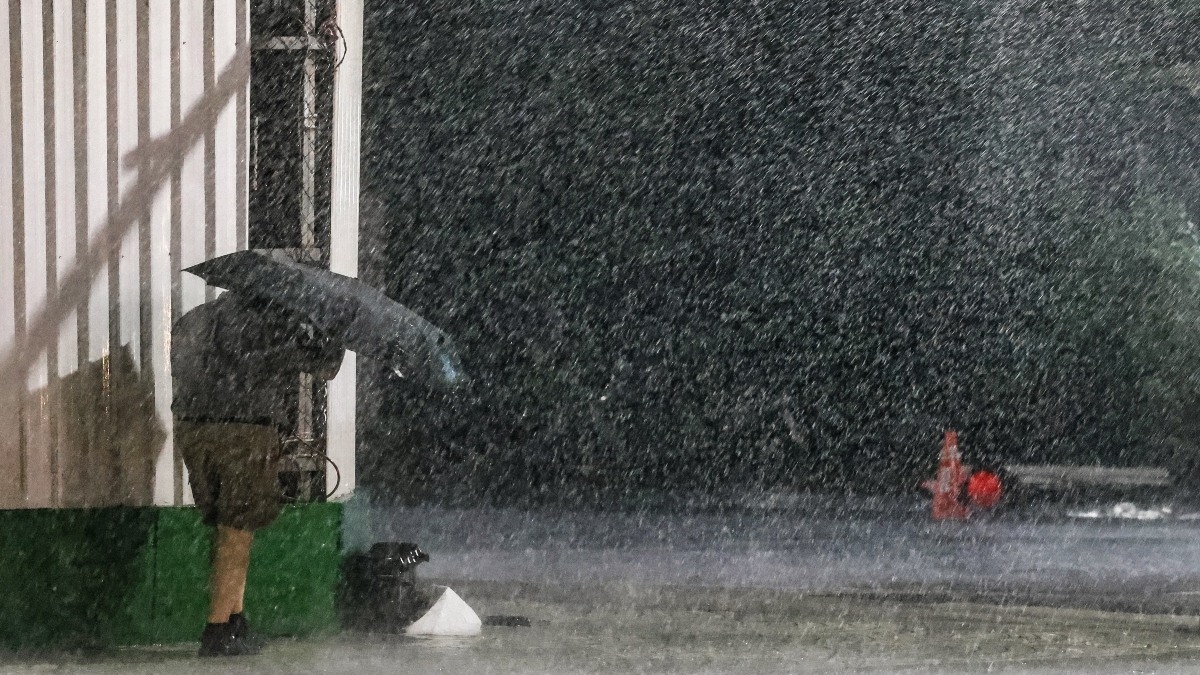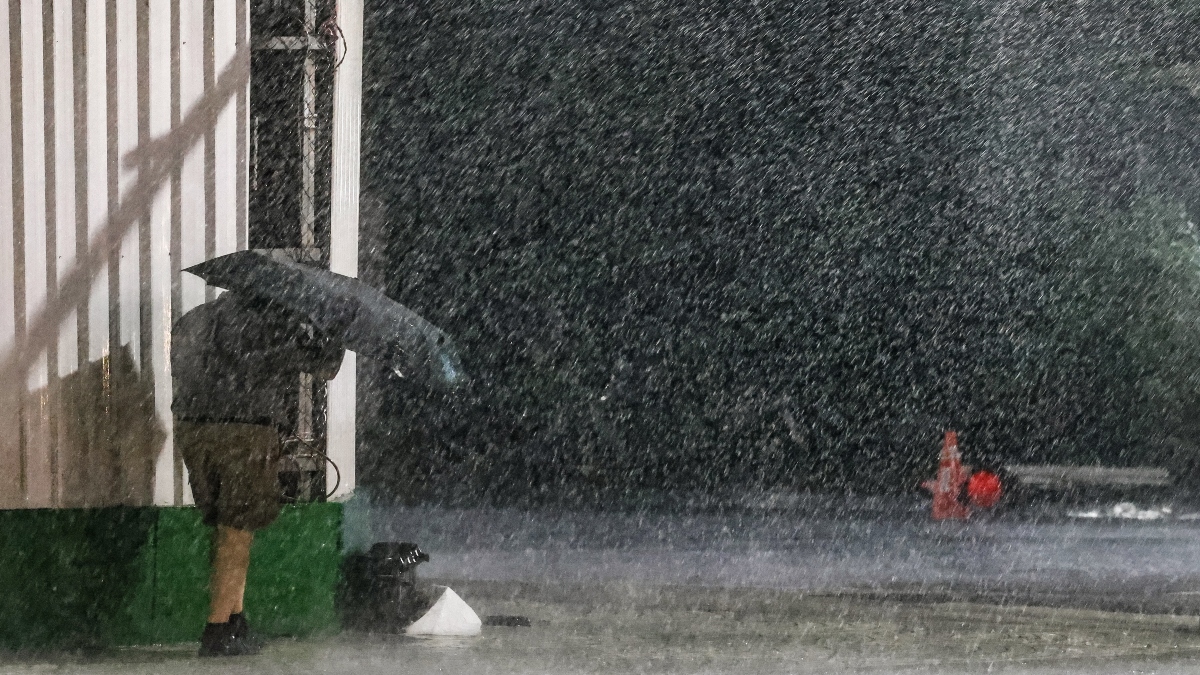NASA is gearing up to revolutionise lunar transportation with the development of a cutting-edge railway system on the Moon. This ambitious project aims to create a reliable, autonomous, and efficient payload transport network to support future lunar bases.
Dubbed FLOAT, which stands for Flexible Levitation on a Track, this innovative system will play a crucial role in the daily operations of a sustainable lunar base, as outlined in NASA’s Moon to Mars plan and concepts like the Robotic Lunar Surface Operations 2 (RLSO2).
How will FLOAT work?
The FLOAT system will feature durable, long-life robotic transports designed to move payloads around the lunar base, to and from landing zones, and even to other outposts. Additionally, it will facilitate the transportation of locally mined natural resources on the Moon.
What sets FLOAT apart is its utilization of unpowered magnetic robots that levitate over a flexible film track consisting of three layers. These layers include a graphite layer for passive levitation using diamagnetic forces, a flex-circuit layer for electromagnetic thrust to propel the robots, and an optional thin-film solar panel layer to generate power for the base when exposed to sunlight.
One of the key advantages of the FLOAT system is its ease of deployment. Tracks will be unrolled directly onto the lunar regolith, eliminating the need for extensive on-site construction typically associated with traditional roads, railways, or cableways.
Impact Shorts
View AllHow will a railway network help NASA colonise the Moon?
Once operational, a large-scale FLOAT system will have the capacity to move vast quantities of regolith and payloads, potentially transporting tens of thousands of kilograms over 1,00,000 kilometres per day.
With its groundbreaking technology and potential to revolutionize lunar logistics, the FLOAT railway system represents a significant step forward in NASA’s efforts to establish a sustainable human presence on the Moon.
The project will kick off by developing, manufacturing, and testing a series of sub-scale prototypes for both the robot and track components. This process will culminate in a demonstration conducted in a lunar-analogue testbed. Researchers will also investigate the impact of environmental factors such as temperature and radiation on the system’s performance and longevity. Additionally, a technology roadmap will be outlined to ensure the mature manufacturing capability of critical hardware components.
FLOAT was initially proposed in 2021 as part of NASA’s Innovative Advanced Concepts (NIAC) program, showcasing its potential for groundbreaking innovation in space exploration.
NASA not the only one, US DoD also setting up railways on the Moon
Northrop Grumman has also been tapped by the Defense Advanced Research Projects Agency (DARPA), the research and development arm of the US Department of Defense, to spearhead the development of an innovative concept: a railroad network on the Moon.
This ambitious endeavour falls under DARPA’s Lunar Architecture (LunA-10) Capability Study, which aims to nurture a sustainable lunar economy.
DARPA, known for its influential role in driving technological advancements, including its contributions to the historic Apollo program, envisions the lunar railroad as a transformative solution for transporting humans, supplies, and resources across the lunar surface.
The initiative aligns with the United States’ strategic goal of fostering a thriving space economy.
As part of the study, Northrop Grumman will undertake several pivotal tasks. Initially, the company will define the essential interfaces and resources needed to construct a lunar rail network. Subsequently, it will meticulously assess foreseeable challenges, encompassing cost, technological feasibility, and logistical considerations.
To bring the concept to fruition, Northrop Grumman will start prototyping, demonstrations, and comprehensive analyses of the lunar rail system’s design and architecture. The company’s scope will also extend to exploring innovative methodologies utilizing robotics for various phases of system construction and operation. This includes tasks such as grading and foundation preparation, track placement and alignment, as well as inspection, maintenance, and repair protocols.


)
)
)
)
)
)
)
)
)



